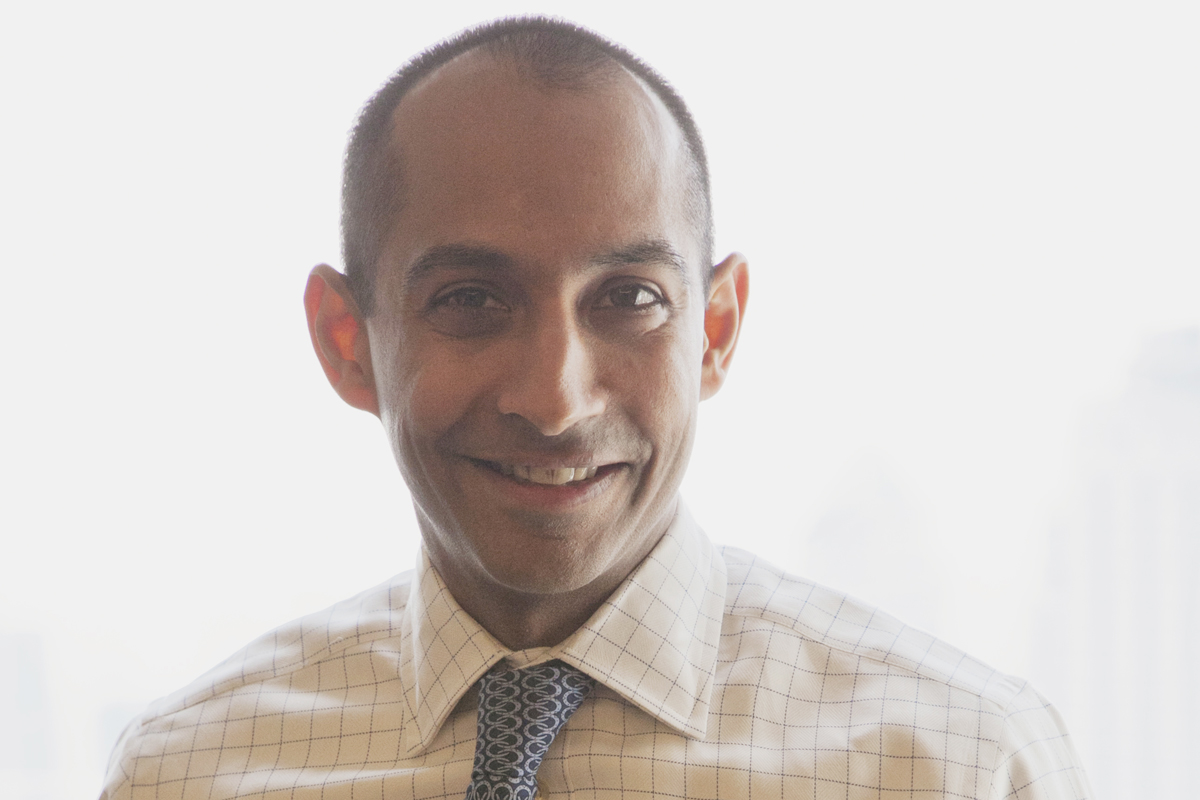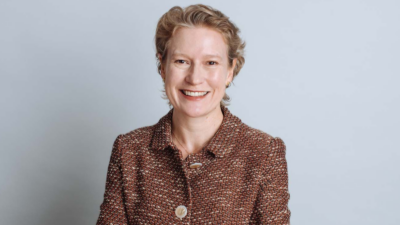How politics can make EM debt turn on a dime
(pictured: Arif Joshi)
From Lazard Asset Management’s Rockefeller Center office overlooking Central Park and much of Manhattan, Arif Joshi calls the shots, with partner Denise Simon, on investing in the 70-odd emerging countries which issue bonds. Joshi, Lazard managing director and portfolio manager, thinks of investing in EM debt as the intersection of finance and political science.
While there are similarities between managing EM debt and equity in country assessment, a big difference is the index. The big drivers in EM equities, such as China, India and Korea don’t issue much debt. The big drivers for EM debt investors are, Mexico, Indonesia and Turkey. And, of course, for sovereign debt strategies, it’s all about country assessment.
The three parts to EM debt are US dollar-denominated sovereigns, US dollar-denominated corporates and local currency sovereigns. Each category tends to move in a different direction at any given time.
For Australian investors, for whom it is difficult to get diversification from local-currency debt, which tends to move in a similar manner to the Aussie dollar, the preference is usually US dollar debt.
Over the past couple of years, as many emerging markets have moved into or close to recession, Lazard’s 23-person EM debt team, which manages about US$14 billion in EM debt, has been aggressive in moving away from both local currency bonds and dollar-denominated corporates.
Lazard is its most bearish on EM corporates than it has been for the past five years. “Our rationale is that any time you go through an environment of almost unlimited quantitative easing… anyone is able to issue debt. But, eventually, the music stops,” Joshi says. “The central banks start tightening and then all those corporates which probably shouldn’t have issued debt will have problems. The market is not priced for this environment.”
The EM corporate debt market has mushroomed to about US$1.6 trillion since the GFC and is now larger than the US high-yield market as an asset class. With sovereign debt, however, emerging markets started to stop issuing dollar-denominated debt over the same period.
Joshi entered the funds management industry in 2001after previously working as a management consultant helping finance professionals, often in developing nations, deal with international best practice.
“Twenty years ago the only way an emerging market country could borrow was in dollar-denominated bonds. That was when 70 per cent of the asset class was not investment grade,” he says. “But it was essentially re-rated about 2005 and there is no reason, today, why a ‘mainstream’ emerging country should be issuing dollar-denominated debt.”
The emerging countries which issue dollar-denominated debt today are at the frontier end of the spectrum, such as Zambia.
“The net new issuance of sovereign debt (dollar denominated) totals only about $5-10 billion a year. The corporate market looks like the sovereign market 20 years ago.”
Lazard reduced its exposure to EM corporates to “almost zero” late last year, but it has not exited the asset class – or sub-class, depending on your categorisations. In fact, Joshi recruited Adam Borneleit, a former BlueBay Asset Management EM debt specialist and PIMCO analyst, as head of EM corporate debt in December. “Corporates are going to be a big part of what we do in the future as they have been in the past,” Joshi says. “We are not fleeing corporates.”
Most fund managers manage their EM debt portfolios against sovereign benchmarks, Joshi says, and this needs to change before EM corporate debt becomes mainstream. On a tactical front, commodity prices also need to rebound and there probably also needs to be more of a sell-off, as has occurred in European high-yield instruments, for EM corporates to become more attractive.
Lazard has seen some recent flows into EM debt from both US and European investors looking for relatively safe yield – investment grade dollar-denominated sovereigns, where you can currently get 5-6 per cent. About 25 countries in the universe offer investment grade debt and most of them can be classified as “reasonably safe”.
The firm’s single largest position is in Argentina, which is a prime example of how government policy changes can make a big difference quite quickly. Within three months of the surprise election victory of Mauricio Macri over his leftist predecessors last November “policy has turned on a dime”, Joshi says. Exchange rates have normalised, old debts are being settled and tax holidays have been offered for foreign investment.
There is also a qualitative aspect to the political assessment of EM debt, which involves the countries’ willingness to pay. “It’s a squishy form of analysis,” Joshi says, “and has a lot to do with what politicians did previously… We remember what they did when they were in government before.”
For Argentina, is positioned to get a better credit rating “to the single Bs” as it pays off its default loans that date back to 2001, which should occur this month (April). The bonds will pay a yield in the high 7 per cent range this month which, with spread compression of up to 100bps, have the opportunity to give investors returns “in the mid teens”.
– Greg Bright










